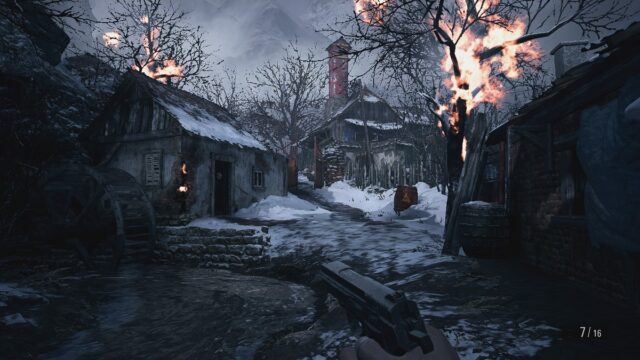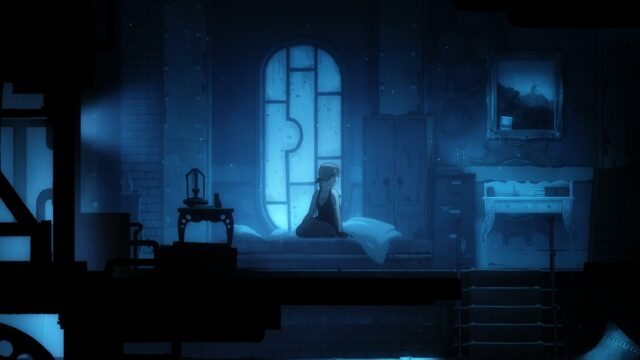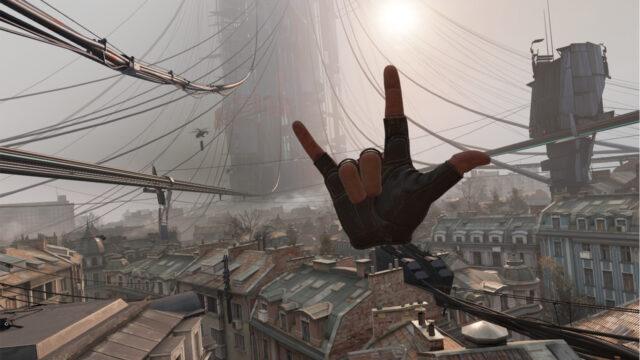Armikrog – Clay Nostalgia
In the hall of fame of adventure games, The Neverhood holds a special place. It doesn’t often appear on the lists of must-read classics, it’s not usually mentioned in the same breath as The Secret of Monkey Island and Broken Sword, but those who were fortunate enough to experience it in the distant 90s will passionately tell you why it is one of the best quests in the world. They will tell you about… a ten-minute procession down the corridor, covered with local myths (or jokes about the Chukchi, if luck is not on your side), about a cute robot with a bear cub, about eating fly agarics and other strange activities, after which they will definitely let you see. “The story of Willie” This will be enough to even from the bell tower of past years to appreciate the dissimilarity and uniqueness of “Neverhood”.
And also to see the inadequacy of Armikrog as a spiritual successor that everyone was waiting for.
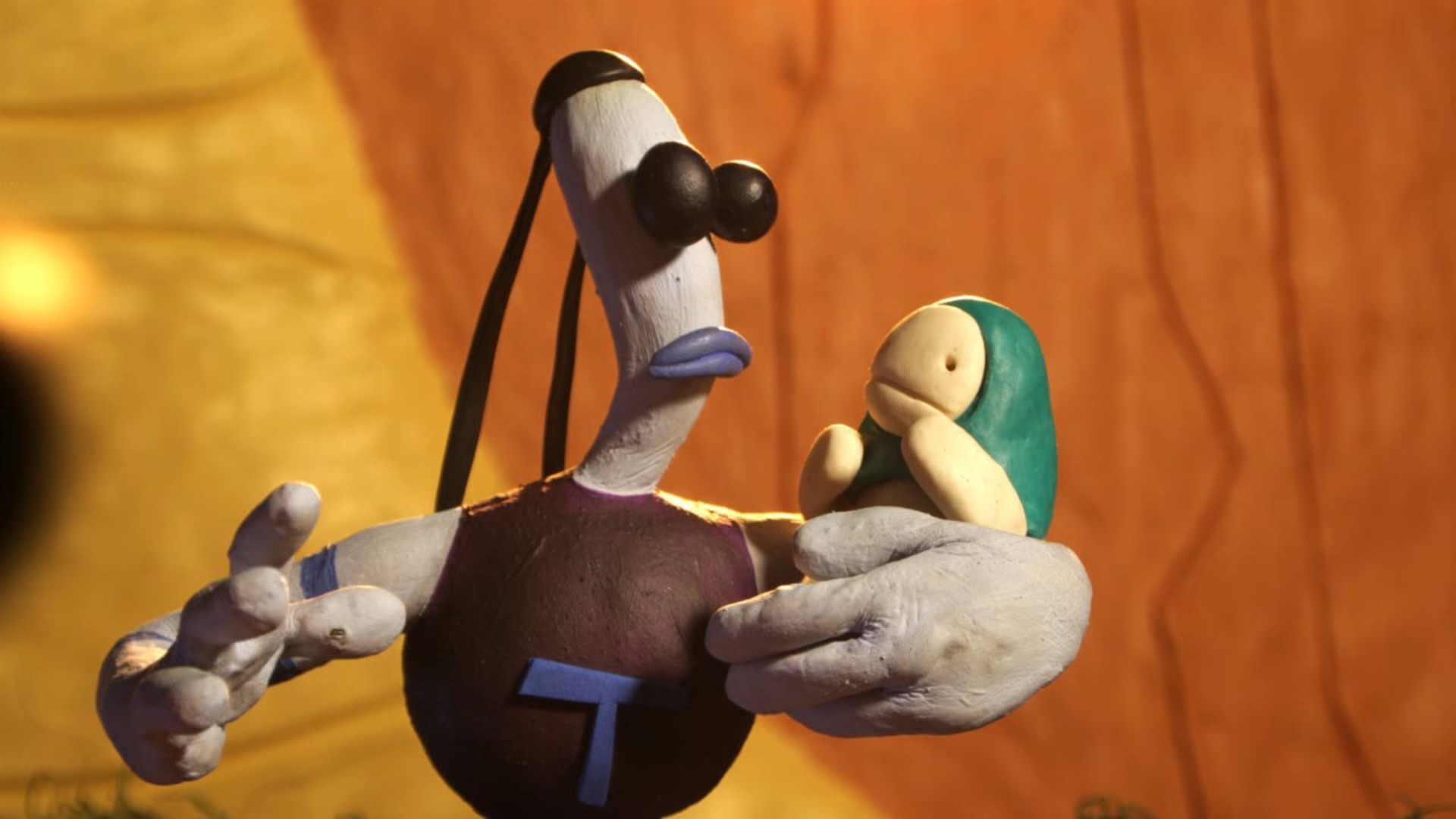
Although there is no reason to throw complaints from the threshold – everything starts too well. The new game has a completely different setting and different characters, but the same senseless charm: there is a ridiculous protagonist, suspiciously reminiscent of Clayman, his dog-like companion, a giant fortress with elaborate bright pink interiors, square four-eyed creatures with blue, excuse me, poops, and all that jazz. The whimsical clay aesthetic of the original is fully preserved, and for the sake of completeness of the “as before” experience, an eccentric soundtrack by Terry Taylor is playing in the background – everything looks, moves, and sounds exactly as any fan would want. However, unfortunately, the gameplay is completely different.
When the enthusiastic cries fade away, the first thing you have to deal with is the extraordinary limitation of actions. The game takes the issue of interactivity too seriously, preferring not to waste time on any decor and leaving only key elements clickable. Mind you, The Neverhood allowed itself all sorts of surprises in this regard and constantly threw in surprises of varying degrees of fun and mortality. Here, it’s not even a comparison with the predecessor, because any other point-and-click always allows you to click on the screen enough, listening to completely unnecessary but amusing comments. “Armikrog” at most allows you to pull the activated lever and look out the window of the starting room a couple of times.
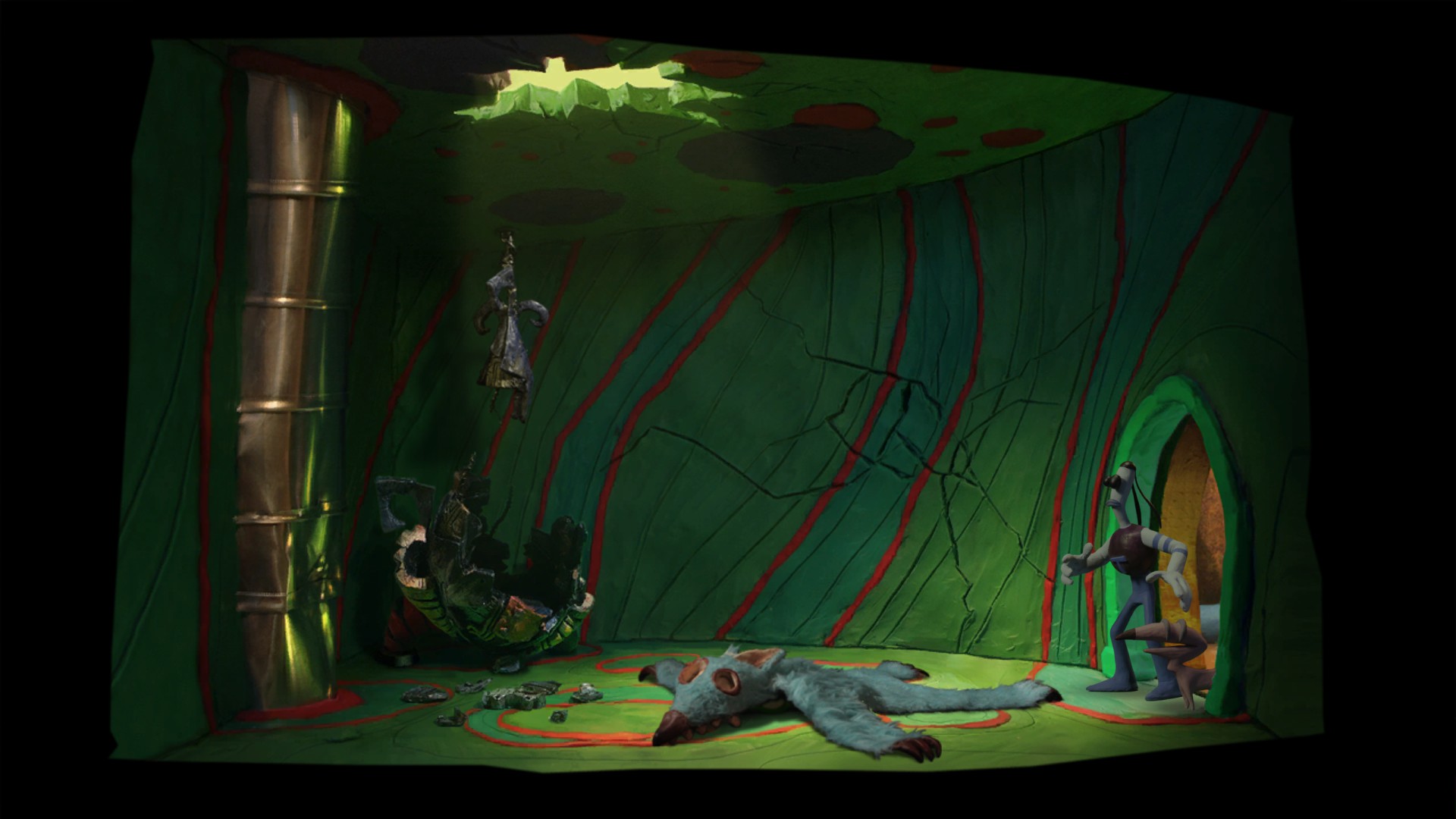
Of course, it can’t be called a universal-scale assumption, but it significantly reduces the urge to explore. After half an hour to an hour, you already understand that you won’t find anything interesting from the backgrounds, and you start perceiving the levels as meager frames for story buttons. Accordingly, a player stuck on the main rails is doomed to shuffle from one static room to another, which instantly throws them out of the atmosphere and mood.
By the way, this is very relevant at different stages of the game. Puzzles in Armikrog, for understandable reasons, tend to lean towards the old school, which often requires a significant amount of backtracking – and not always justified. There’s nothing wrong with walking back to look for hints, but placing a simple generator power button a little closer than three or four screens away would have been nice. In such moments, the skip button becomes the ultimate desire to bypass the protagonist’s measured trudging.
As for the puzzles themselves, they are quite interesting. There are no extremely hardcore brain teasers here, but among the simple puzzles with keys in the adjacent room, there are some that are not so obvious. They won’t keep you occupied for long, but they will make you sit and scribble a bit – it was a pleasant feeling to have a notepad and pen next to the monitor, a need long forgotten.
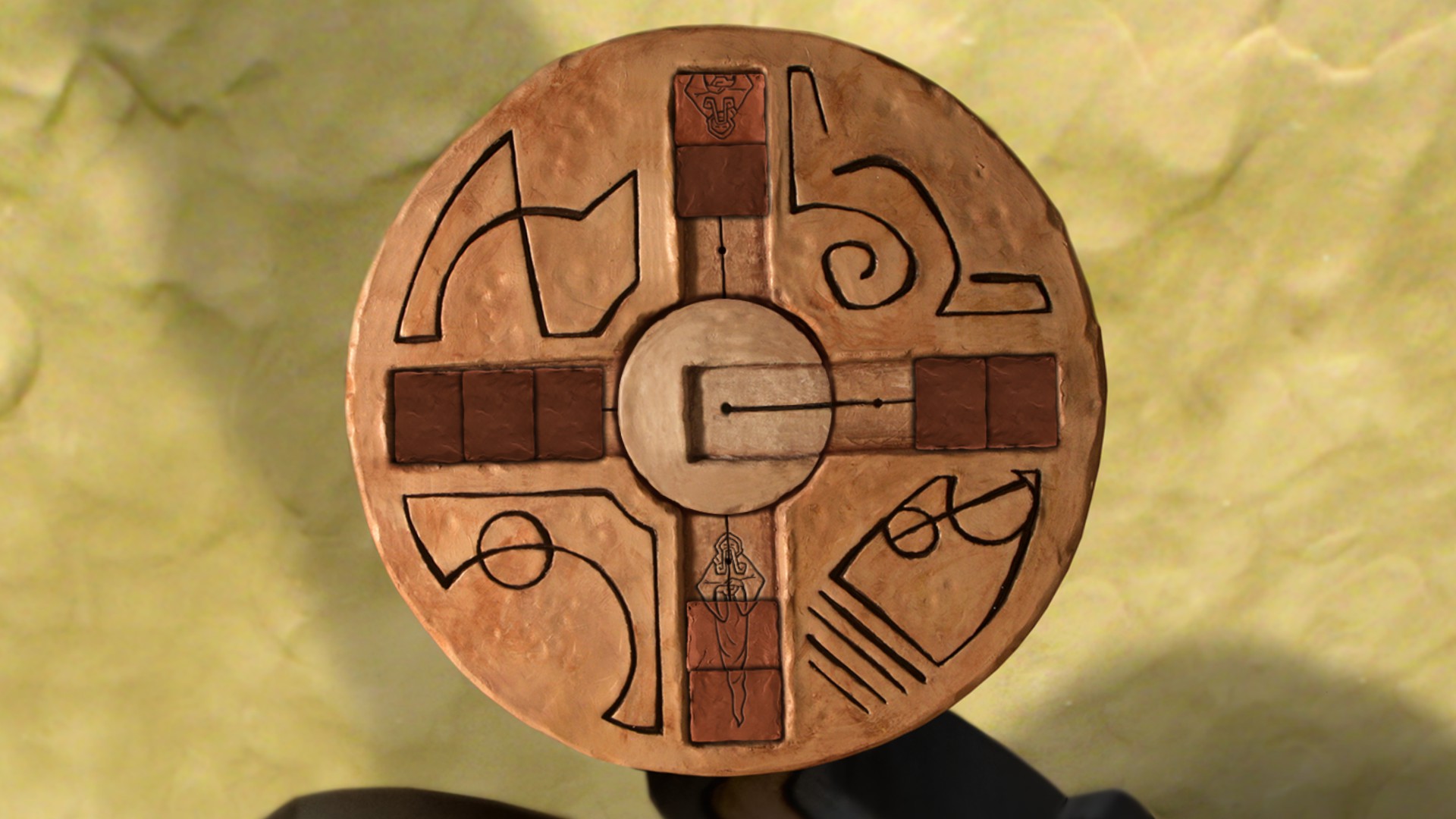
Like everything in Armikrog, this puzzle is easier than it seems.
The main problem with puzzles is their widespread uniformity. Most of them require inputting the correct combination or are thinly disguised fifteen puzzles. This partly applies to “Neverhood” as well, but it always played with the conditions of solving a particular task and did not limit itself to simply entering characters into the console. How it happened that since 1996, authorial inventiveness has been on a decline is not very clear.
Moreover, Armikrog does not shy away from blatant imitations: as peculiar “fillers,” three puzzles occasionally appear here, of which only one is slightly modified. It is especially frustrating that moments of interaction with a companion are included in this list, because the potential of the second active character was clearly broader than just one-button walks through tunnels.
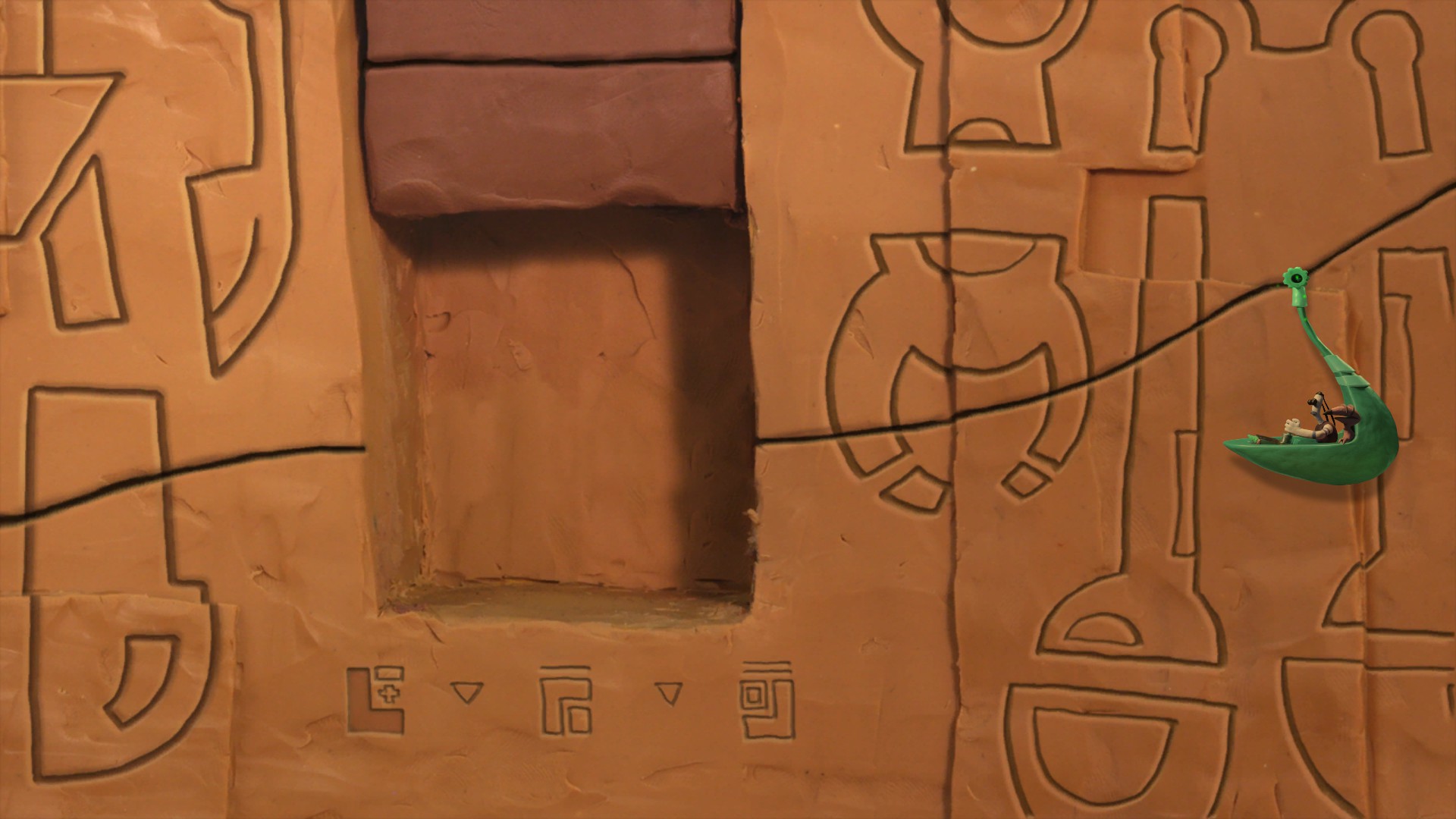
However, in terms of the plot, the game is not far behind its predecessor. The Neverhood presented a solid chunk of its own story as background, without requiring the player to delve into the intricacies of the universe or understand what is happening. Despite the unusually talkative characters, Armikrog generally adheres to this tradition – only important facts for the immediate development are forcibly presented. Other incidental knowledge about the universe, as before, is obtained from separate cutscenes and inscriptions on the trademark wall. Since the main storyline is not particularly complex, it is better to familiarize yourself with all the extra content at the first opportunity, as the reading material is truly entertaining.
It is a pity, however, that all of this is too little. There is a lack of details, puzzles, humor, locations, even music, which is too rare for such a fertile atmosphere. But the game itself is especially lacking: to leisurely walk to the final credits takes about four hours – a laughable duration for a quest and truly negligible considering the time spent on development. It seems that just as the most exciting part is about to begin, the clay is already being packed into boxes and put away.
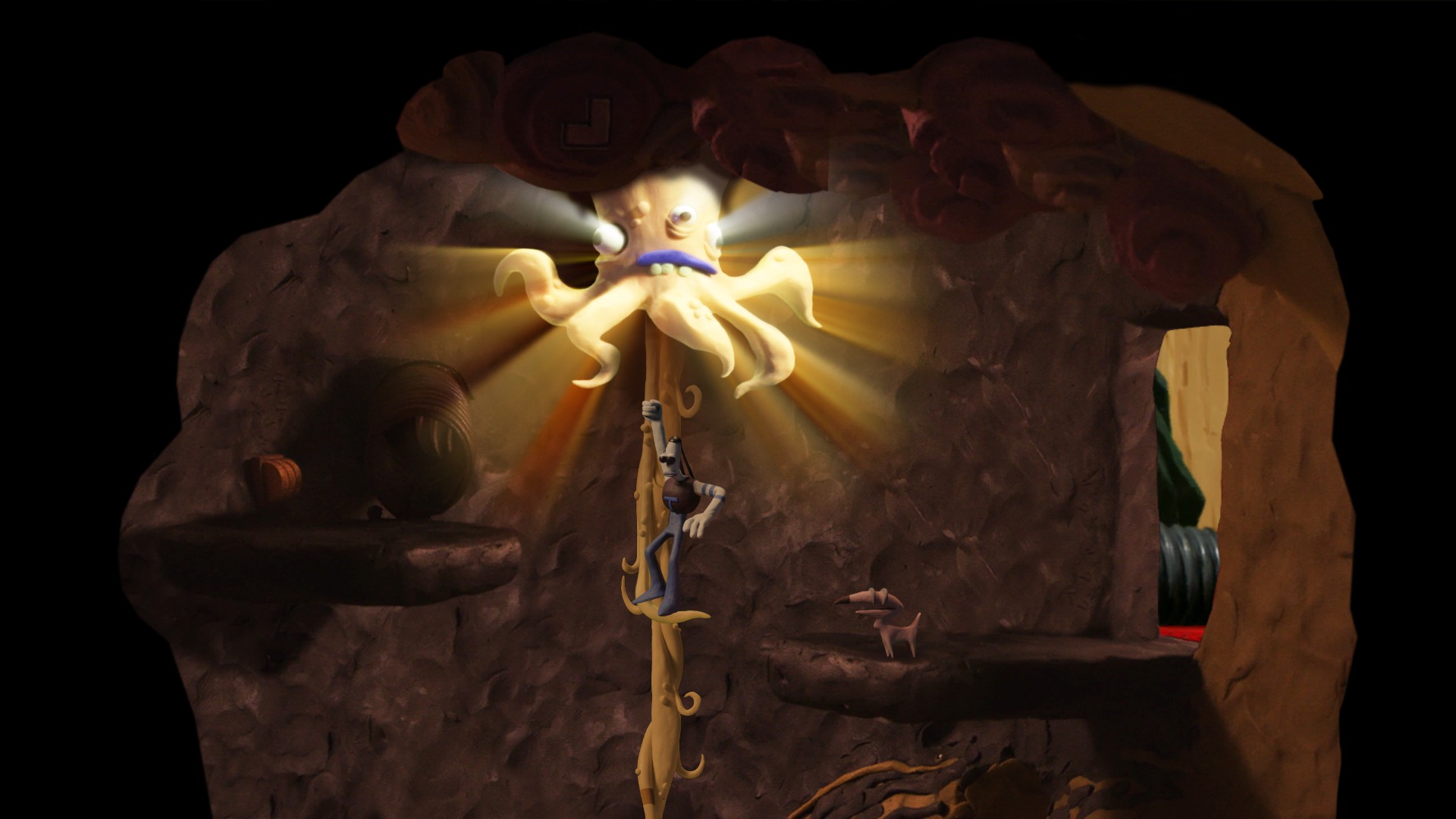
Given such a duration, the abundance of technical flaws is surprising. There are simply too many, from the trivial absence of a custom cursor to bugs with animations, saves, and puzzles. In one place, for example, you can easily pass through a locked door, while the final task turns out to be impassable in several cases. Developers hastily patch the holes, but those who had to spend an extra hour have already had their say.
Contrary to the expectations, Armikrog is not quite that and not at all then. Perhaps the most successful verdict was somewhere in the Steam discussions: it is more like The Neverhood 0.5 than The Neverhood 2.0, and it is better to perceive it exactly that way. Veterans already know that a much more cohesive and interesting adventure came out 19 years ago, but for newcomers, it will serve as a good introduction to the predecessor.
Share
Discuss
More Reviews

